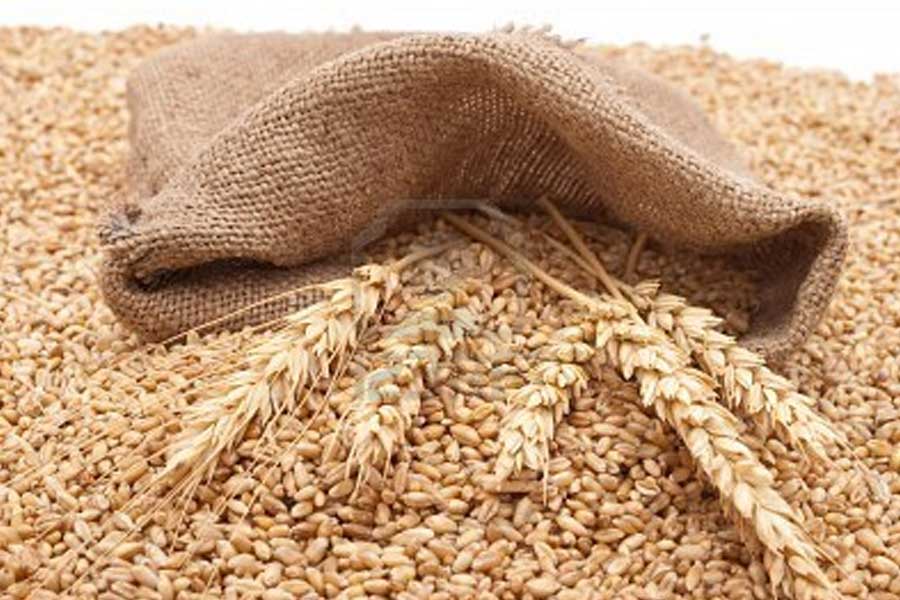Russia’s wheat shipments fall 18% in Q1 MY 2025/26 on weaker demand, higher competition

Russia, the world’s largest wheat exporter, shipped 7.1 million metric tons of wheat during over July-September, the first quarter of the 2025-26 marketing year (July–June), down 18.4% from 8.7 million mt in the same period last year, according to data from S&P Global Commodities at Sea.
Shipments remained sluggish throughout the quarter, weighed down by muted demand from key importers, harvest delays and heightened global competition.
Exports during July and August were particularly weak — an unusual trend for the peak export window — totaling 4.7 million mt, down 13% year over year, according to CAS data. This was largely due to delayed harvests and prolonged declaration procedures, which caused grain to reach ports later than expected.
However, exports began to recover in September, supported by softer prices and increased availability of new crop volumes, with shipments reaching 2.4 million mt for the month, although still below last year’s levels.
Exports to Middle East decline
Middle Eastern countries like Egypt and Saudi Arabia, which import grain mainly from the Black Sea region, have recently slowed their purchases.
Egypt — a key buyer of Russian wheat — remained cautious throughout the quarter, waiting for Black Sea prices to fall. The country’s wheat imports from Russia were at 1.1 million mt in Q1 MY 2025-26, down 39% year over year.
The newly formed agency, Mostakbal Misr, lacked experience in handling wheat procurement, which caused confusion in the market and made some suppliers hesitant to participate in the new tender system, market sources said.
“There is uncertainty surrounding the new government grain company and its operations, which is impacting buying patterns,” a wheat trader said.
Moreover, Egypt increased local wheat procurement, securing nearly 4 million mt from its 2025 harvest—over 500,000 mt more than the 3.43 million mt purchased in 2024.
Additionally, it is diversifying wheat sourcing to suppliers like France, Ukraine, Romania, and India, especially as Black Sea wheat prices remained high over July-August.
Saudi Arabia’s wheat imports from Russia fell 19.4% year over year to 395,000 m t in Q1 MY 2025-26, as buyers held out for lower prices. The country also continued diversifying its wheat sources, purchasing from multiple origins. In May 2025, Saudi Arabia sought to buy 655,000 mt of wheat for August-October delivery from the EU, the Americas, Australia, and the Black Sea.
In contrast, Turkey significantly boosted its wheat imports from Russia during Q1, to 1.3 million mt — more than doubling year over year.
In March, Turkey removed its tariffs on wheat imports, allowing its flour mills — major players in the global export market — to purchase wheat more affordably and in larger volumes. In August, Russia temporarily suspended its wheat export tariffs for one week, further facilitating trade with Turkey.
Increased global competition
Russian wheat exports are facing pressure from heightened competition from other key suppliers such as the EU, Argentina, and Australia. Strong harvests and competitive pricing from Argentina and Australia, combined with a robust EU wheat crop, have flooded export markets — particularly in Asia, North Africa, and the Middle East, traditionally key destinations for Russian grain. Meanwhile, importing countries are showing no urgency in purchasing.
“Export shipments are still not increasing, despite the upward revisions in this year’s gross grain harvest forecasts. There is high competition on the global market,” an analyst stated.
According to S&P Global Commodity Insights, EU wheat output in MY 2025-26 is seen at 140.1 million mt, including 131.6 million mt of soft wheat, up from 120 million mt in MY 2024-25.
“European exports, especially French, started slowly, but in recent weeks have regained their position thanks to improved competitiveness,” said a UK-based research agency.
Meanwhile, in the southern hemisphere, strong wheat harvest prospects supported by favorable weather conditions have added to the pressure.
The Rosario Grain Exchange raised its estimate for Argentina’s MY 2025-26 wheat harvest to 23 million mt, up 3 million mt from the previous forecast, due to high yields from abundant soil moisture.
“If the harvest reaches this level, it will exceed the historical record,” analysts at Commodity Insights said.
Commodity Insights’ forecast for Australia’s wheat production has also been revised upward to 35.2 million mt in MY 2025-26, up from a previous estimate of 33.7 million mt, based on higher yield expectations.
Outlook positive
Russia has harvested a large wheat crop this season, which is now making its way to export markets. Market analysts expect Russian wheat exports to increase in the near term, driven by the momentum of this ample supply.
SovEcon analyst Andrey Sizov noted that Russian wheat shipments are already gaining momentum amid rising global demand, and exports are expected to accelerate further in October. Sizov forecasts October wheat exports to reach 4.7-5.2 million mt, down from 5.6 million mt in October 2024.
Meanwhile, Egypt’s wheat demand is also expected to rise in October, supported by a strengthening Egyptian currency.
“Wheat imports will reach no less than 12.5 million mt [in MY 2025-26], and demand for Russian wheat is expected to increase,” an Egyptian wheat trader said.
Read also
US soybean acres expected to rise amid high corn production costs
Record harvests and trade wars shaped agricultural markets in 2025
Japanese delegation meets US farmers to address soybean admixture in wheat
Brazil to overtake Canada as the world’s third-largest pork exporter in 2025
Indonesia: Palm oil expansion in Papua raises eyebrows
Write to us
Our manager will contact you soon



